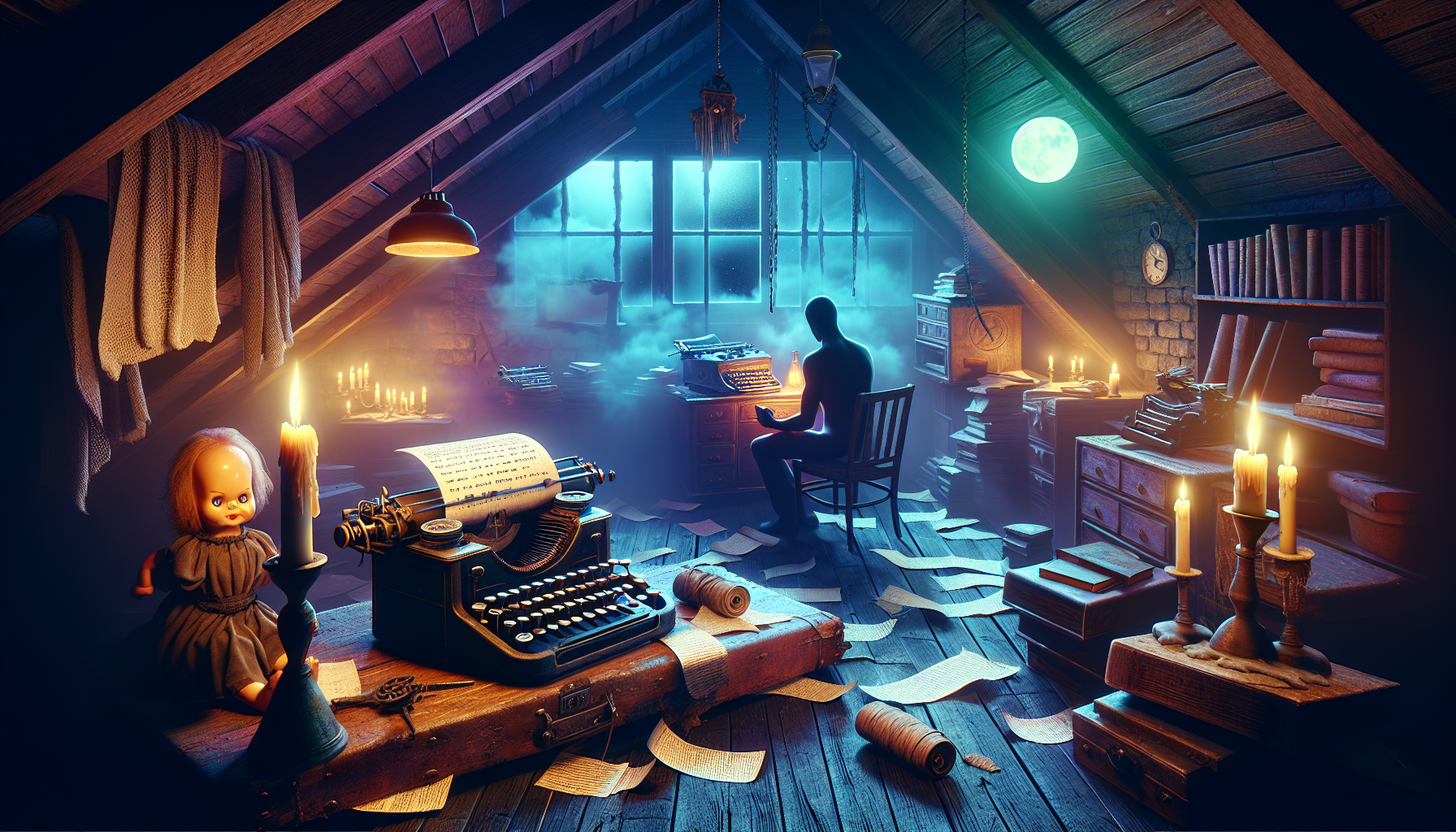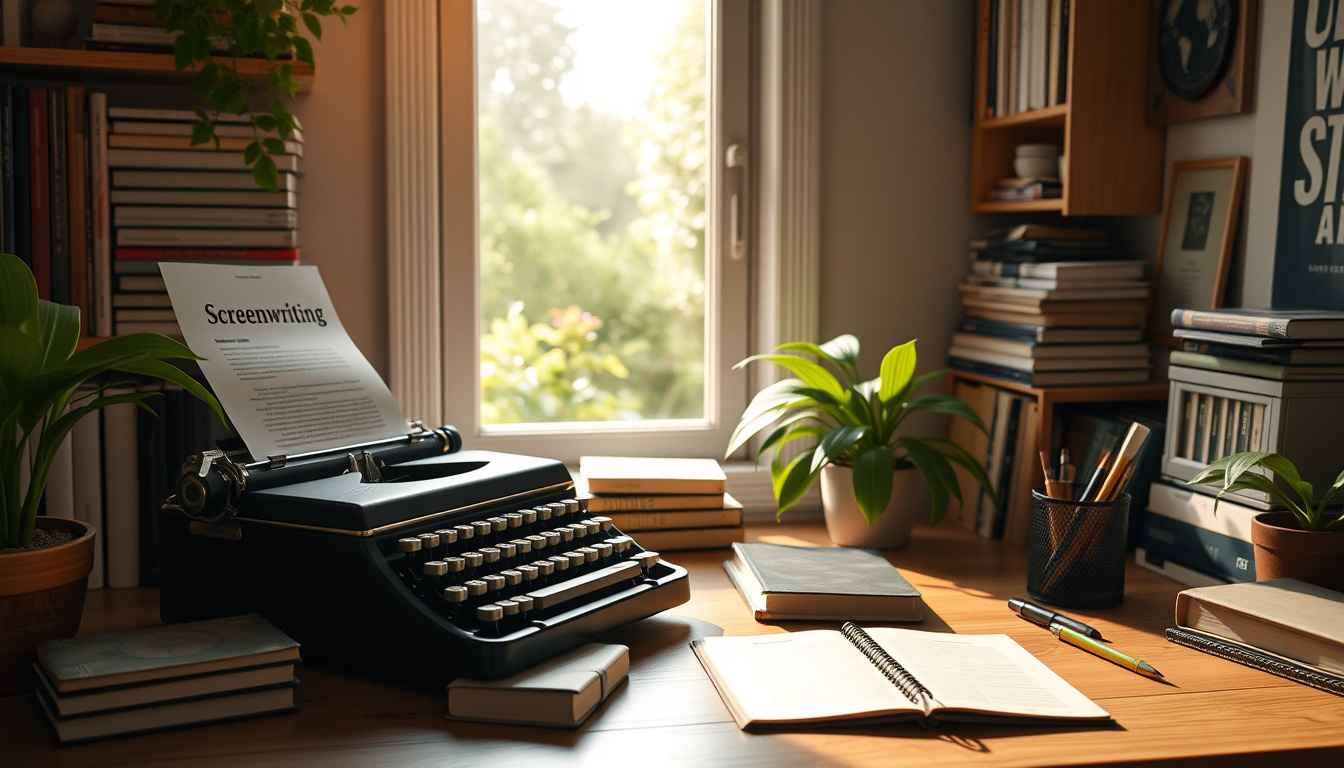
The Spooky Blueprint: Mastering Horror Movie Tropes for a Chilling Screenplay
Let’s not kid ourselves, writing a horror movie that genuinely rattles bones without splattering clichés all over the place is tougher than trying to explain the plot of Inception to your grandmother. Why? Because horror is a genre that thrives on familiarity. Those beloved, bone-chilling tropes are the peanut butter to your jelly, the ketchup to your fries… the eerie footsteps to your dark, deserted hallway. So, let’s grab our flashlights and delve deeper into the dark (and slightly musty) attic of horror movie tropes to unearth how you can spin them into screenplay gold.
1. The Innocent Start That’s Not So Innocent
Every tragic tale starts with sunshine before the storm, right? Picture this: a happy family moving into a creaky, old Victorian mansion they got for a steal at an auction (red flag number one!). They’re laughing, ignoring the overgrown garden resembling a small jungle, the unsettlingly life-like portraits, and the locals who won’t step a foot past their crumbling garden fence. To make your script pop, throw in a creepy town historian or a cryptic warning left in the attic. Foreshadowing: it’s what’s for dinner – and it’s deliciously spooky.
2. The Jock, the Nerd, and the Cheerleader
Ah, the classic Scooby-Doo setup, but with more gore and fewer Scooby Snacks. The character archetypes in horror films are a gold mine of opportunity. You’ve got the jock (destined for a showdown with the beast), the nerd (who provides crucial exposition from a dusty tome), and the cheerleader (often underestimated but sometimes evolves into the final girl). To put a new spin on it, subvert these expectations. Maybe the jock is the first to suggest leaving the haunted house, or the cheerleader is a closet horror aficionado who knows all the survival tricks.
3. Don’t Forget the Creepy Kids
The twins at the end of the hall, chanting. The son who draws eerie figures. The daughter who whispers secrets to the old, dust-ridden doll she found (plot twist – it whispers back). Kids add an extra shiver to any script because they are supposed to be symbols of innocence, yet here they are, channeling The Exorcist. Play around with this trope. Maybe the creepy kid is actually trying to warn the family, or they’re the only ones who truly know what’s going on.
4. The Sinister Location
A haunted house is to a horror film what a cheeseburger is to American cuisine – essential. But why limit oneself to creaky floorboards and slamming doors? Think abandoned amusement parks with rusting, ghostly carousels, or a deserted hotel where the ballroom music never quite stops playing. The key is to give these locations a backstory that’s as rich as your dark-hearted villain. And remember, the location itself should be a character; its hidden corridors and murky basements tell a story that adds layers to your plot.
5. The Twist That No One Saw Coming
This is the moment when your audience’s popcorn suspends mid-air. The protagonist wasn’t just randomly chosen by the malevolent spirit. Nope, they are the descendant of the very witch that cursed the town, or hey, maybe they’ve been dead the whole time (gasp!). A great twist feels both surprising and inevitable in retrospect, like wearing socks with sandals; weird at first, but then it oddly makes sense.
6. Psychological Horror Vs. Jump Scares
Decisions, decisions. Are you going the route of leaving your audience in a puddle of cold sweat through subtle, skin-crawling psychological horror? Or will you opt for the jump scares that have them leaping out of their seats like popcorn in a hot skillet? Both have merit, but the best screenplays often blend the two, seasoning the jump scares sparingly throughout a slowly-building tension stew that leaves viewers marinating in dread long after the credits roll.
Embrace the Familiar, but Make it Fresh
So, there you have it! A guide to prowling through the delightfully shadowy landscape of horror film tropes. Embrace these time-honored elements like an old friend – albeit one that might stab you in the back with a pitchfork. And through your writing, dare to twist, subvert, and reimagine. According to the gospel of horror movie scribes, those who wield tropes with sinister creativity will be the ones to keep audiences gripping their armrests – or, better yet, hiding behind them.






